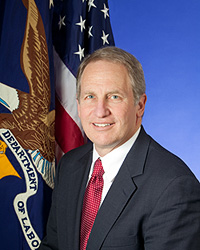Home » Keywords: » trucking industry
Items Tagged with 'trucking industry'
ARTICLES
A Confined Space blog post
Dispatches from the front lines of the battle for workplace safety: Short stuff
August 16, 2018
From the NIOSH Director's Desk
How do you talk about workplace motor vehicle safety?
November 6, 2017
Become a Leader in Safety Culture
Build your knowledge with ISHN, covering key safety, health and industrial hygiene news, products, and trends.
JOIN TODAYCopyright ©2024. All Rights Reserved BNP Media.
Design, CMS, Hosting & Web Development :: ePublishing







